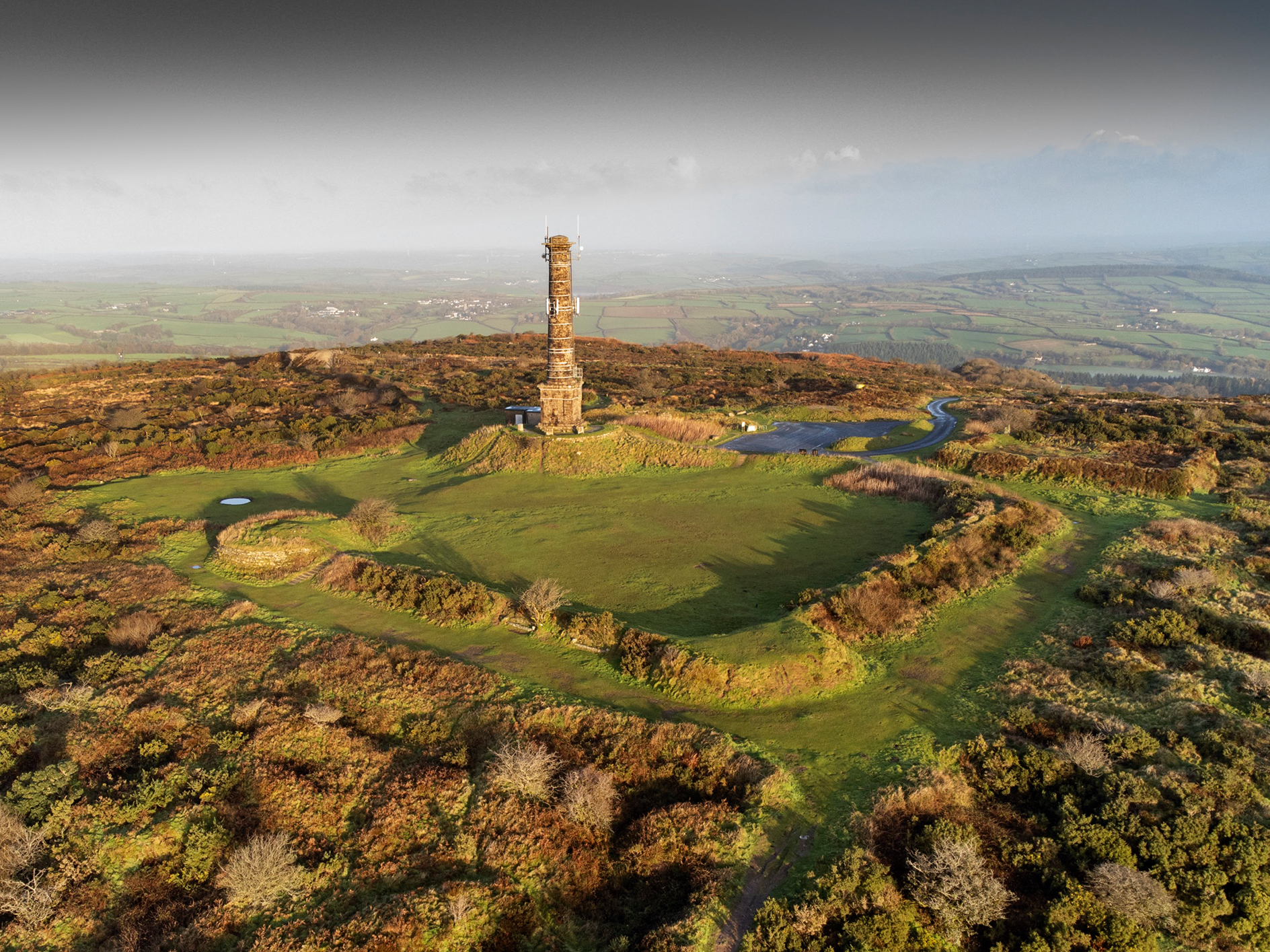The 240 sites added to the National Heritage List in the last year
A Lutyens garden, several shipwrecks and a watermill made famous by Constable are among the newly-protected places announced by Historic England.


Historic England have added some 240 sites to the National Heritage List for England last year; there are 221 Listings, 16 Scheduled Monuments (including one scheduled shipwreck) and three Protected Wrecks.
Among the sites are a Lake District watermill once painted by Constable, a Georgian folly in Cornwall, trenches in Norfolk that were used to train soldiers in the First World War.

Thereis also a 1920s sunken garden commissioned by Victoria, Lady Sackville, designed by Sir Edwin Lutyens and featured in Country Life in 1927.
The garden, at White Lodge in Brighton, is now listed Grade II. It is a striking example of Lutyens’s landscaping style and a manifestation of the relationship with his patron Lady Sackville, which was the subject of much gossip.
The garden survives today with most of its original structure intact and shows Lutyens’s style of combining formality in the patterned pavements with the informality of plant growth. The gardens at Long Barn, Sevenoaks, and Sissinghurst, Kent — designed by Vita, Lady Sackville’s daughter — are said to have been inspired by the garden at White Lodge.

‘The variety of listings this year illustrates the rich diversity of our shared heritage and the importance of everyday places — from an Edwardian bank to a London cab shelter to a 19th-century watermill — that make up the fascinating fabric of our past,’ says Historic England CEO Duncan Wilson.
‘Places such as these help to make us proud of where we live. Listing recognises their value so they are protected for the future and everyone can continue to enjoy them.’
Exquisite houses, the beauty of Nature, and how to get the most from your life, straight to your inbox.
Historic England have created a map with which you can easily find newly-listed sites near you:
Visit www.historicengland.org.uk for more details about the various sites.

James Fisher is the Digital Commissioning Editor of Country Life. He writes about motoring, travel and things that upset him. He lives in London. He wants to publish good stories, so you should email him.